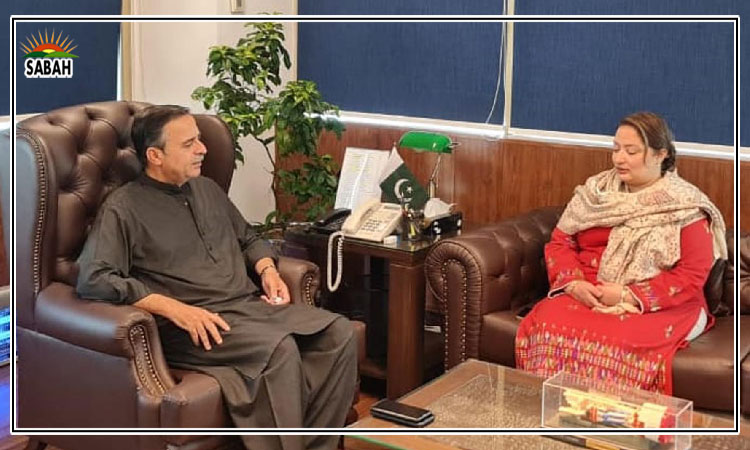Oil smuggling may shore up cooperation among militant groups …. Faisal Ali Raja
The smuggling of Iranian oil seems to be one of the main factors sustaining Baloch militancy apart from causing damage of billions of rupees to Pakistan’s exchequer. The exact quantum of the smuggled petrol and diesel being pumped into the country on a daily basis varies from 10 to 15 million liters. Sometimes Iranian oil smugglers are intercepted on land or water channels leading to a dip in daily smuggling average. A large number of locals, on both side of the Pak-Iran border, are attached with the smuggling networks. The militant elements too scoop their share during transportation, storage and distribution of smuggled petrol and diesel through Balochistan to other provinces of Pakistan. This has become, over the period of time, one of the main financial avenues of support to the militancy. Interestingly, Jaish al Adl (JA), a group which supports independence of Sistan-Baluchestan region of Iran, may also be the beneficiary of the Iranian oil smuggling. The group elements move across the border due to its porous nature and has claimed a number of attacks against Iranian border security forces, pickets and policemen. On April 4, 2024, JA conducted coordinated and simultaneous attacks targeting at least two Islamic Revolutionary Guards Corps (IRGC) headquarters, a police station and a naval facility. The militant group claimed conducting attacks targeting six locations across Sistan-Baluchestan Province of Iran. At least, 11 Iranian security personnel and 18 militants were killed during the attacks, which began around midnight and lasted 13 to 18 hours.
Coincidently, the kind of attacks perpetrated by Baloch militants on the Pakistani soil are mapping with the assaults of JA against Iranian paramilitary and military forces. It seems as if one group is in competition with the other in attack tactics, complexity and duration of battle with the local forces. It might push the intelligence paraphernalia of both countries to come to a strategic confluence for a joint strategy of action against these groups. Since JA is a Sunni group working against the interest of a Shia state, members of the Islamic State Khorasan Province (ISKP) have a natural tendency towards the group. However, such a scenario may have serious repercussions for regional security and stability.
If a perceptible coordination emerges between JA and ISKP, they may extend their attacks on both sides of the border. Hazara Shias can be easily targeted as both are averse to their presence in the province. ISKP has already registered such attacks in KP as it embarked upon a number of deadly assaults against Shias and police forces. On 4 March 2022, ISKP attacked a Shia mosque at Qissa Khwani Bazaar in Peshawar. The suicide attack, carried out by an Afghan national who was a long-term resident of Pakistan, killed at least 63 people and injured another 196. A spate of attacks has consistently been waged against JUI-F and paramilitary forces in KP’s newly-merged districts as well. One can easily imagine that in case of a close coordination with JA, ISKP may initiate such attacks in Balochistan as well. The group has already conducted a deadly attack in Kerman, Iran earlier this year. Therefore, ISKP may utilise the existing JA network in Sistan to further enhance its reach in the territory. The Islamic State faction had already coordinated with Lashkar-e-Jhangvi (LeJ) for conducting attacks in Balochistan.
The finances in terror outfits always take a centre stage which has become a point of coordination and cooperation between these groups. Sometimes members of one group join another owing to better financial benefits rather than a more appealing ideology or other considerations. The potential of a ISKP-JA cooperation may become ominous especially when ISKP is experiencing resistance in Afghanistan and is looking for a support base for its sustenance and survival. The revenue from smuggled oil can provide them with such an opportunity.
Courtesy The Express Tribune, April 25th, 2024.












